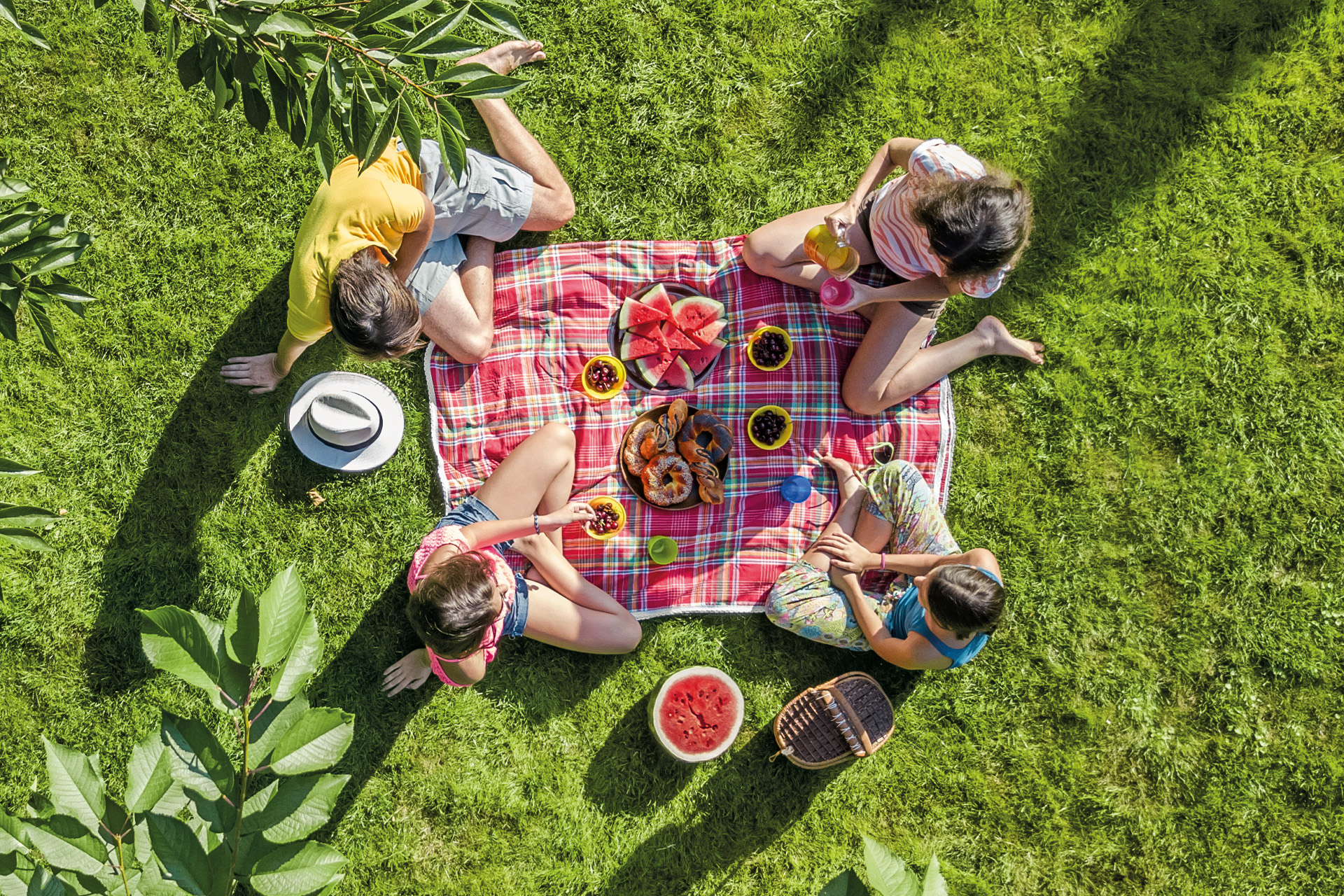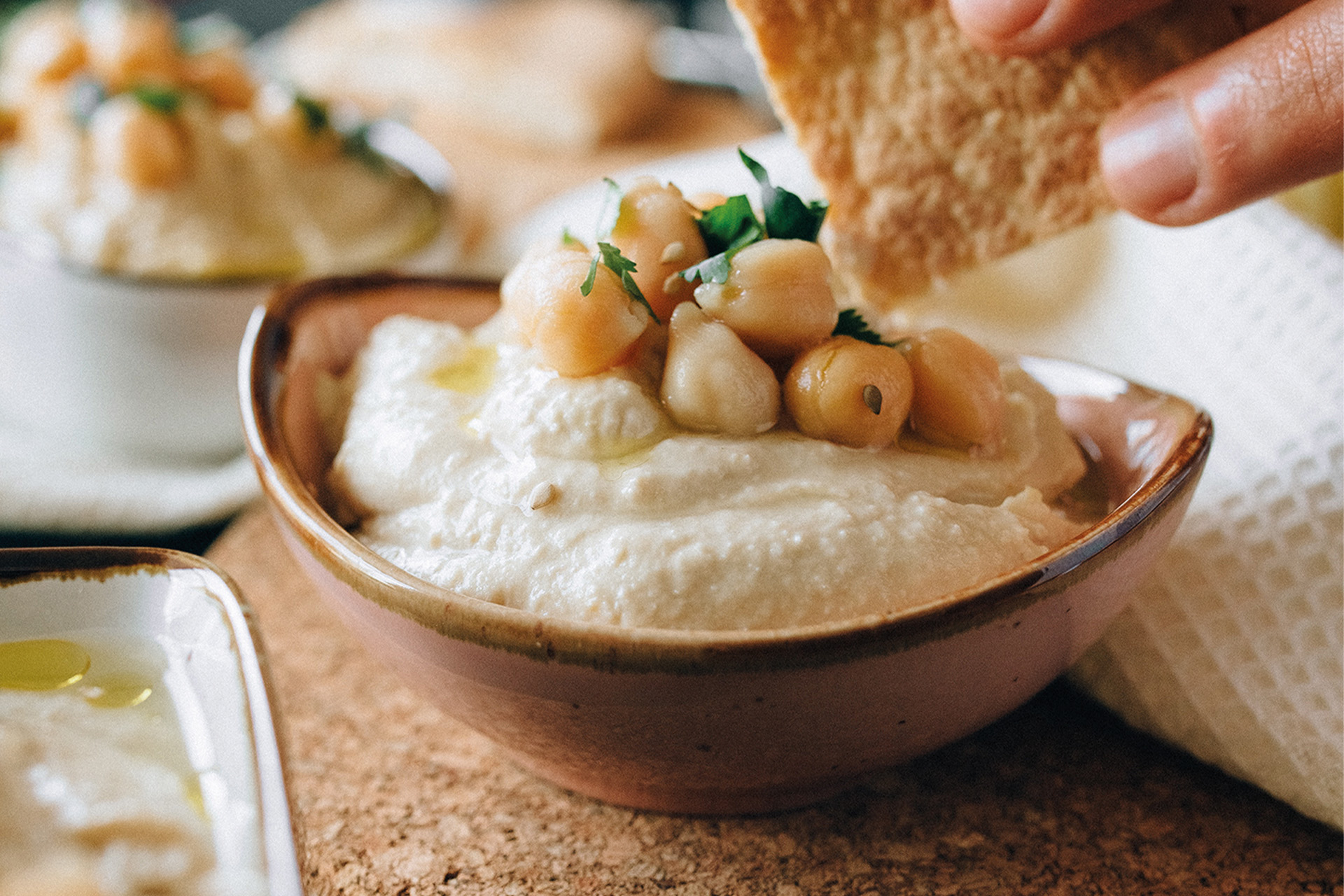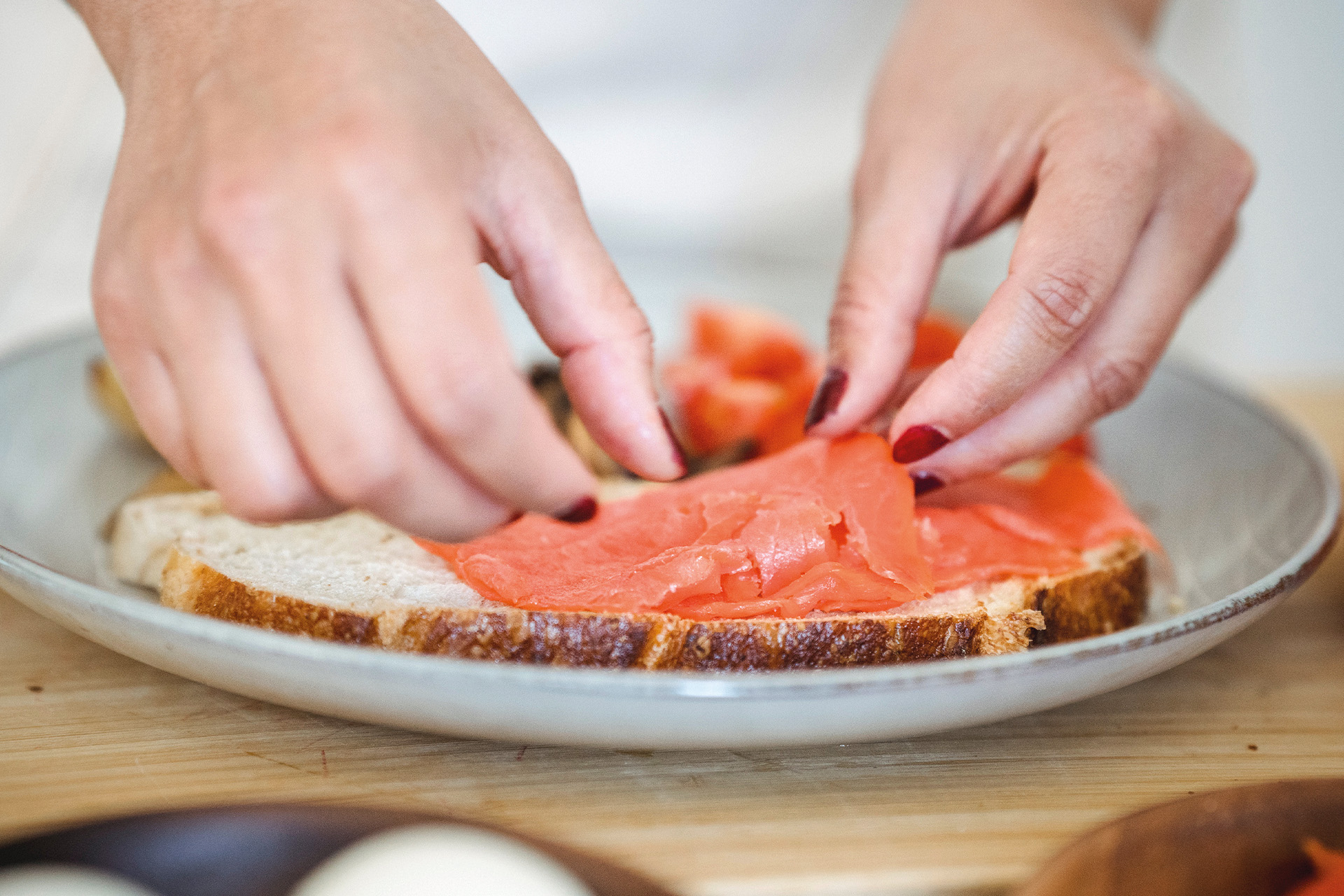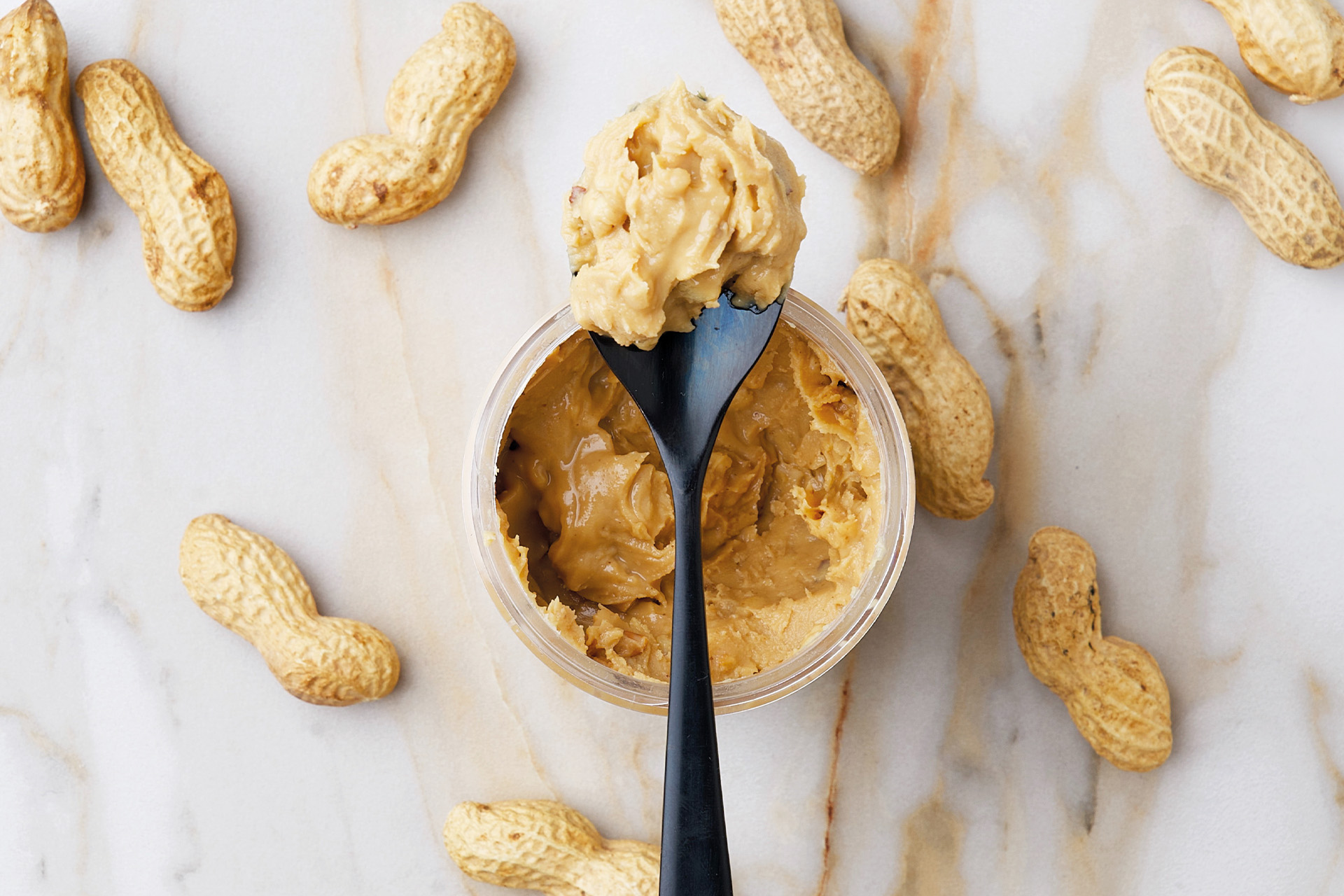Nutritional Therapist Explains How To Pack The Perfect Picnic
By
1 year ago
Spring and summer are on the way - and Lara Isaac has designs on the perfect picnics and finger food for under-5s

British weather permitting, picnics are one of the best summer activities. Piling rugs, cooler bags, cutlery and an assortment of delicious (albeit miscellaneous) foods into a basket before claiming a patch of grass brings adults a hazy feeling of nostalgia, and kids a novel sense of fun.

How To Pack A Healthy Picnic
From the age of one, children should begin eating what the rest of the family eats and, while fussy eaters may be resistant to trying certain foods, picnics are a great opportunity to introduce new flavours and textures. The typical setting: outside with an array of foods to share, perhaps with family and friends, lends itself to a relaxed atmosphere, and this reduced-pressure environment can make children more likely to experiment (particularly if they see older children or adults tucking in). Studies have shown that including children in meal preparation instils positive perceptions about food, potentially encouraging them to eat more healthily – so making picnic-prep an enjoyable family activity may further benefit anxious eaters. Conviviality (and really celebrating sharing food together) is a key part of the Mediterranean diet, the dietary pattern frequently touted as the world’s healthiest, so we should wholeheartedly lean into this concept of creating positive environments for meal times.
That said, as well as looking at how we introduce foods to children, we must consider what we are giving them – specifically in relation to the quality of ingredients. Those who follow the Mediterranean diet tend to eat foods that our grandparents would recognise: unprocessed wholefoods with few to no additives. For all of their fun and frivolity, picnics can quite quickly spiral into fizzy drinks, crisp and sweet parties, and nutritional value can be forgotten. Unfortunately, almost all pre-prepared foods found in supermarkets (especially grabbable, picnic friendly ones like crisps and sandwiches) are deemed ‘ultra processed foods’ (UPFs) – meaning they are crammed with additives, emulsifiers and flavourings that have adverse effects on children’s health. Even seemingly healthier choices such as ready-made hummus, granola bars and yoghurts generally fall into the UPF category. Ironically, if a food has a health claim on it, it’s typically best avoided.
So what on earth are we to bring to our much yearned for picnics? Firstly, we should stock up on fruits and vegetables to chop up for crudités (carrots, cucumber and peppers work well for children aged two and above, provided they are confident chewers). Other good options include things like nut butters, eggs or smoked salmon. Breads, olives and cheeses need to be chosen carefully to ensure they’re not full of additives; pick freshly baked bread which contains just a few ‘real’ ingredients (ones you’d use at home).
Scouring lists of ingredients is key but so is preparing food from scratch. While most of us aren’t going to be rustling up loaves of bread every morning (kudos to you, if you are though), things like hummus, roasted vegetables and oat bars are quick and easy to prepare.
In addition to prioritising nourishing ingredients, it’s important to consider food groups. Starchy carbohydrates (breads, pasta, rice) are essential for providing under-5s with energy; adequate protein (eggs, fish, beans) is needed for development and repair, and fat (oily fish, olive oil, avocados) is a key contributor to children’s overall energy intake, as well as an essential source of vitamins A, D, E and omega-3 fatty acids.
Ultimately, balance is key. Our focus should be on providing kids with a variety of nutritious foods, but we mustn’t become overzealous. As a society constantly on the go, we are becoming increasingly disconnected from what we are eating, so we must ensure children learn to engage with food, with all five senses firing – sticky fingers, drizzly British rain and all.
Picnic Ideas
Colour and diversity are key, so choose your picnic from the following options:
1. Home-made hummus
Try toddlers on a traditional hummus before experimenting with adding pea and mint for a vibrant hit of green.

Pots of Hummus
2 Veggie frittata muffins
Rich in protein from the eggs, these are a great way to sneak extra vegetables in.
3 Smoked salmon sandwiches
A brilliant dose of omega-3, add cucumber for extra crunch and goodness.

Smoked salmon sandwich
4 Wholemeal pasta with homemade pesto
Mix it up and choose pasta shapes like Mafalda for a refreshing change to penne.
5 Nut butter and oatcakes
Top with banana for added potassium.

Nut Butter
6 Oat bars
A healthy flapjack alternative; bake yours with dates instead of sugar to boost the fibre content.
Find out more about Lara Isaac here.






